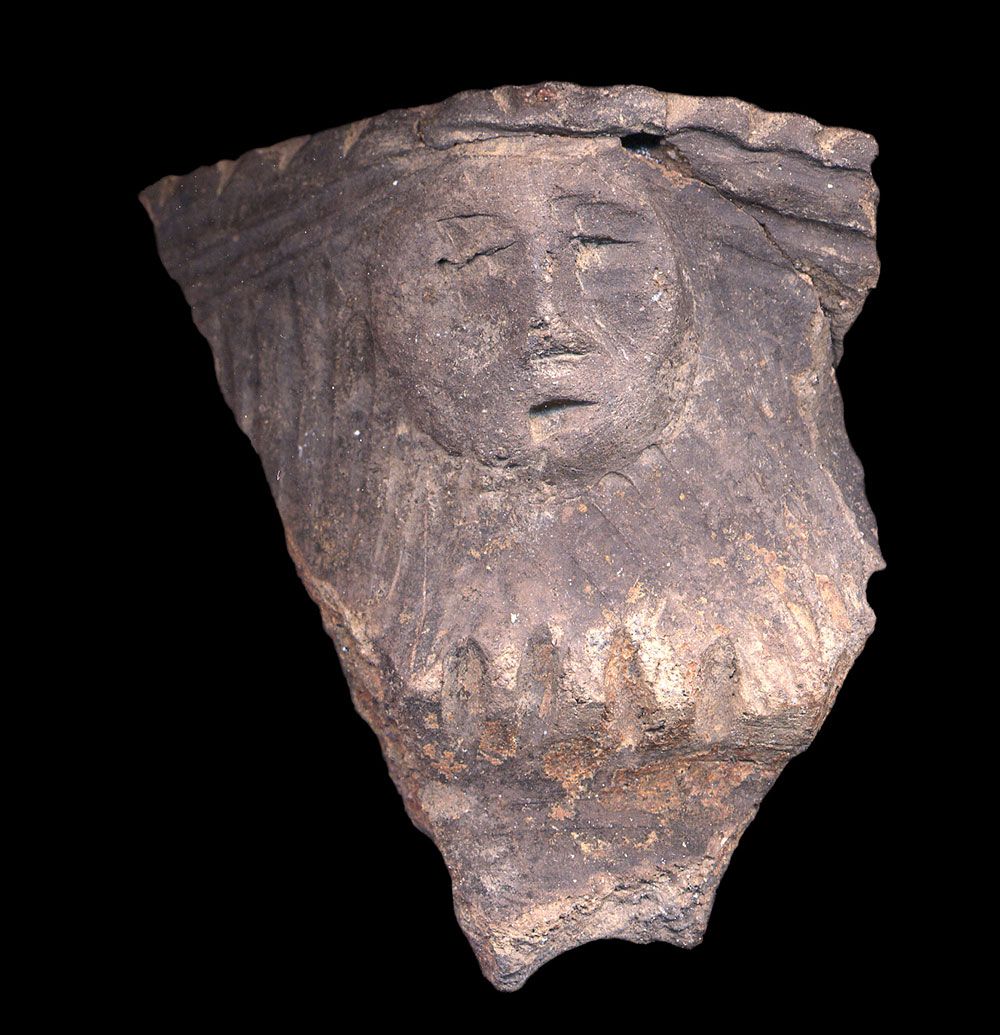Traditionally, the Huron-Wendat were a great Iroquoian civilization of farmers and fishermen-hunter-gatherers and also the masters of trade and diplomacy. The Huron-Wendat people frequented a vast territory extending into the Gulf of St. Lawrence and up along the St. Lawrence Valley on either side of the river to the Great Lakes. This territory includes the Nionwentsïo, meaning “magnificent territory” in the Huron-Wendat language, which is protected by the 1760 Huron-British Treaty for customary activities such as hunting, fishing, trapping of furbearing animals and harvesting plants. “Huronia”, included in Wendake South, represents part of the Huron-Wendat Nation’s ancestral territory in Ontario. From north to south, this territory extends from Lake Nipissing to Lake Ontario, and from east to west, from Île Perrot to around Owen Sound. More than 800 archaeological sites have been discovered to date, testifying to the significant occupation of the territory by the Huron-Wendat Nation. This invaluable legacy for the Nation is also the most significant archaeological heritage related to a First Nation in Canada.
The “Jean-Baptiste Lainé” site is an eminent part of this heritage. This archaeological site discovered in the 2000s clearly corroborates Huron-Wendat knowledge and culture in terms of its ultimate origins and deepest cultural identity.
Summary kindly provided by the Huron Wendat Nation, Nionwentsïo Office.


